In this article, you will discover the key email marketing trends for 2025. Stay informed about the main tendencies to boost engagement and effectiveness of your email campaigns.
Among the email trends for 2025 are the ongoing trends from last year, such as hyper-personalization, interactive content, and mobile adaptation. Additionally, tools powered by AI are rapidly evolving.
Table of Contents
- Key Email Marketing Trends for 2025:
- 1. Use of Artificial Intelligence
- 2. Hyper-Personalization
- 3. Automated Campaigns
- 4. Interactivity and AMP in Emails
- 5. Privacy and Information Security
- 6. Mobile Adaptation
- 7. Accessibility in Email Marketing
- 8. Storytelling
- 9. User-Generated Content
- 10. Minimalist Design and Simple Animation
- 11. Conversational Email Marketing
- 12. Voice Interaction with Emails
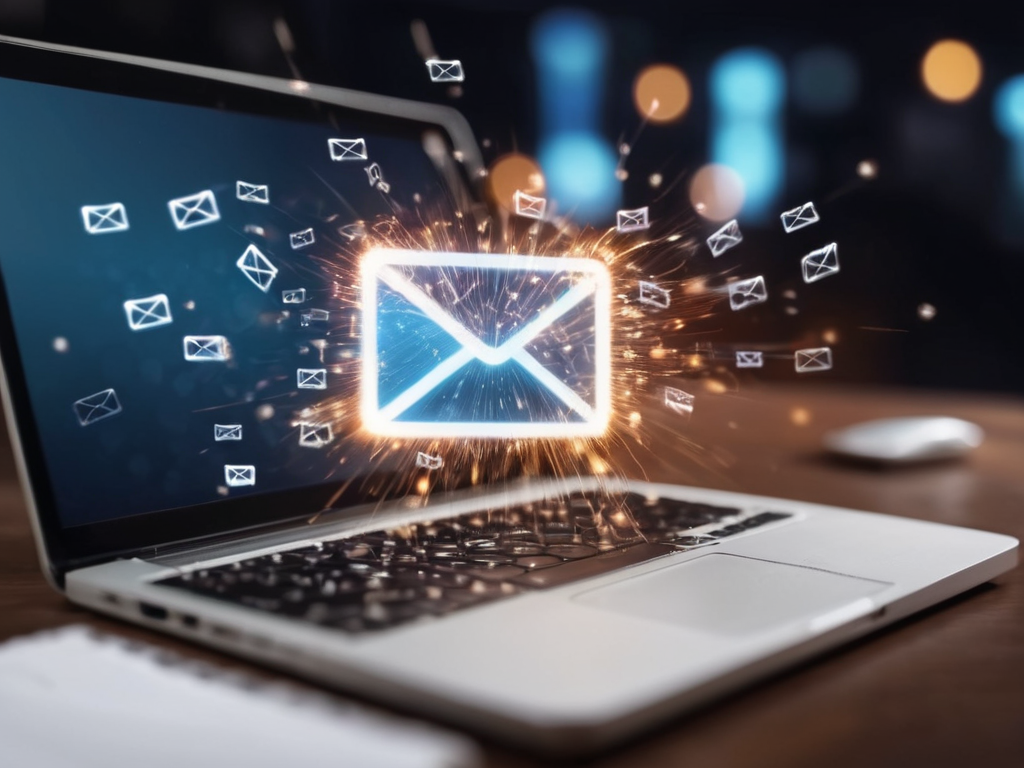
Key Email Marketing Trends for 2025:
1. Use of Artificial Intelligence
AI-powered tools help simplify and accelerate the work with email campaigns:
— Generate various types of content (texts, images, videos, audios);
— Suggest subject lines;
— Analyze information.
✅ With NiceSender, you can generate images using artificial intelligence. Create unique images and use them in your email campaigns or other projects. This feature is available on all plans, including the free one.

2. Hyper-Personalization
Hyper-personalization enables content customization to individual preferences, taking into account purchase history and browsing behavior.
Hyper-personalized emails can include unique product recommendations, dynamic pricing, and individual offers.
Statistics:
Personalized emails have open rates of nearly 30%, while the average open rate is less than 20%.
Over 70% of customers are highly engaged when receiving personalized messages.
Conversion rates for personalized buttons are 200% higher than for standard, impersonal ones.
Hyper-personalization in email campaigns increases customer engagement, email opens, and link clicks.
How to Implement Hyper-Personalization Using AI
Explore AI-based tools that analyze customer data for audience segmentation and create tailored content for each recipient category.
For example, if a subscriber frequently clicks on recommendations for eco-friendly products, send them similar offers. This approach increases engagement and makes subscribers feel understood and valued.
By utilizing data on preferences, behavior, and past interactions of the target audience with the brand, AI can determine the unique path of each customer and tailor emails to their interests.
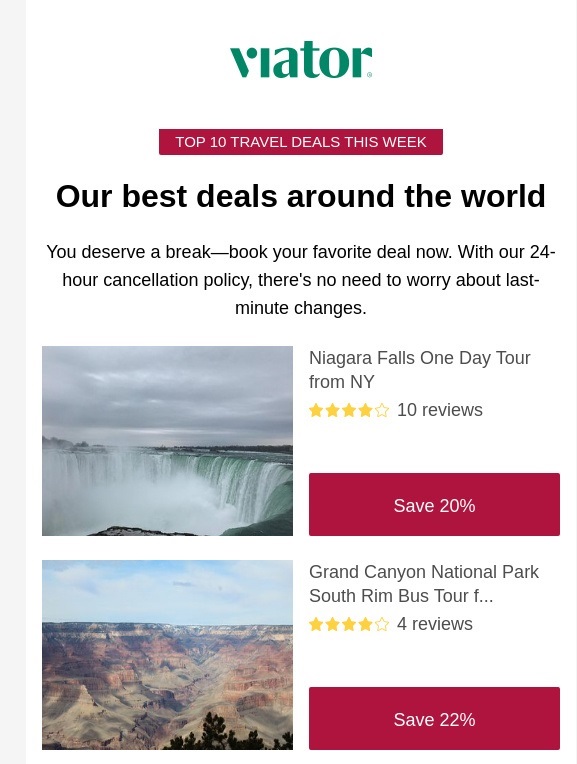
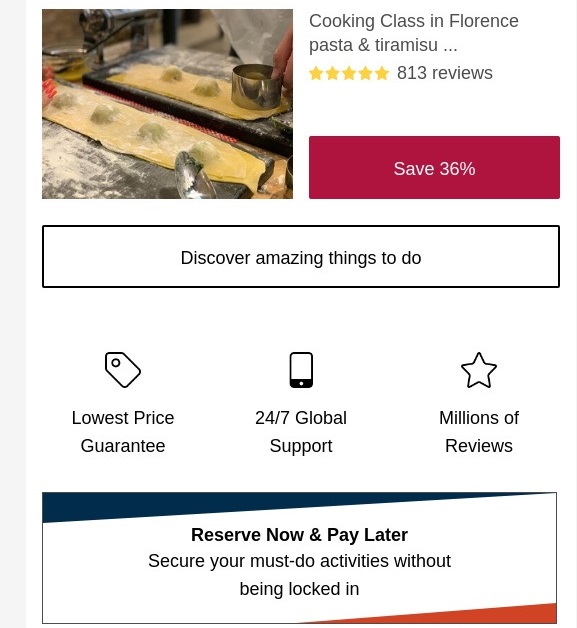
3. Automated Campaigns
Automated email campaigns have been a core element of email marketing for years. In 2025, thanks to AI, automation will become smarter.
For instance, if a customer abandons their cart, an automated system can send a follow-up email with a discount or a product review to encourage completing the purchase.
✅ In the Automation section of your NiceSender account, you can create emails that will be sent on a schedule, under specific conditions, or in response to user actions, such as subscription confirmation, adding items to the cart, etc.
4. Interactivity and AMP in Emails
Static emails are outdated. In 2025, interactive emails that allow subscribers to engage with content within the email will become more common. Embedded quizzes, surveys, sliders, or product carousels encourage users to interact with the content.
Why Interactive Content is Effective
Interactive elements in emails, such as polls, voting options, and “buy” buttons, can increase user engagement and boost conversion rates by up to 200%.
Interactive features make emails more engaging and help gather customer data. For example, adding a survey about preferences allows you to use the collected data to tailor future emails to specific interests.

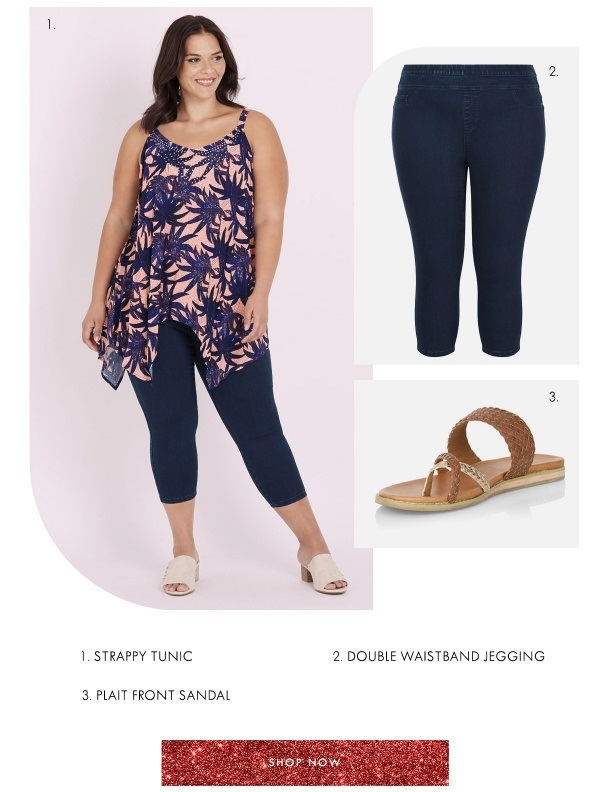
Types of Interactivity to Enhance Your Campaigns:
- GIF animations.
- In-email games.
- Surveys and quizzes. Ask for feedback on your company directly in the email.
- Dynamic animations. Showcase products from multiple angles.
- Animated buttons.
AMP in Emails
AMP, or Accelerated Mobile Pages, is a technology that enables the creation of interactive emails where content updates in real-time without needing to navigate to a website.
Advantages of AMP:
- The ability to display multiple products in a carousel makes emails more compact.
- Real-time content updates (webinar dates, ticket quantities, order status, etc.) provide customers with accurate information without the need for sending follow-up emails.
- The option to purchase, book, or register directly within the message significantly increases conversion rates.
- Limited adoption. Although this technology emerged in 2019, it remains underutilized by marketers.
AMP is only supported by Gmail and Yahoo, which limits its application. Additionally, prior permission is required for sending AMP emails, making it less viable for smaller companies due to the associated complexity.
5. Privacy and Information Security
Today, protecting personal information and ensuring data security are becoming increasingly important. People are hesitant to share personal data, but are willing to share information if it is beneficial and secure for them. For this, you should guarantee reliable handling of their data.
In email marketing, data security is achieved through authentication protocols like SPF, DKIM, and DMARC. These help verify that the sender is who they claim to be in the campaign.
✅ NiceSender supports the use of DKIM and DMARC, allowing you to successfully run marketing campaigns, attract clients, and build trusting relationships while protecting against fraudulent emails and phishing attacks.

Additionally, Apple has integrated privacy features, allowing iOS 15 and iOS 16 users to hide their IP addresses. As a result, tracking email open times, geography, or device information has become more challenging. Thus, it’s essential to shift focus to other metrics: clicks, unsubscribe rates, cancellation of subscriptions, conversions, and purchases.
6. Mobile Adaptation
For a long time, the primary way to access email was through PCs, including laptops, but that situation has changed. By 2025, nearly one-third of emails will be viewed on mobile devices.
Therefore, it’s crucial that emails are easy to read and load quickly on mobile devices.
✅ In the NiceSender template builder, the “Adaptive design” option is enabled by default, meaning your campaigns will display correctly on any device.
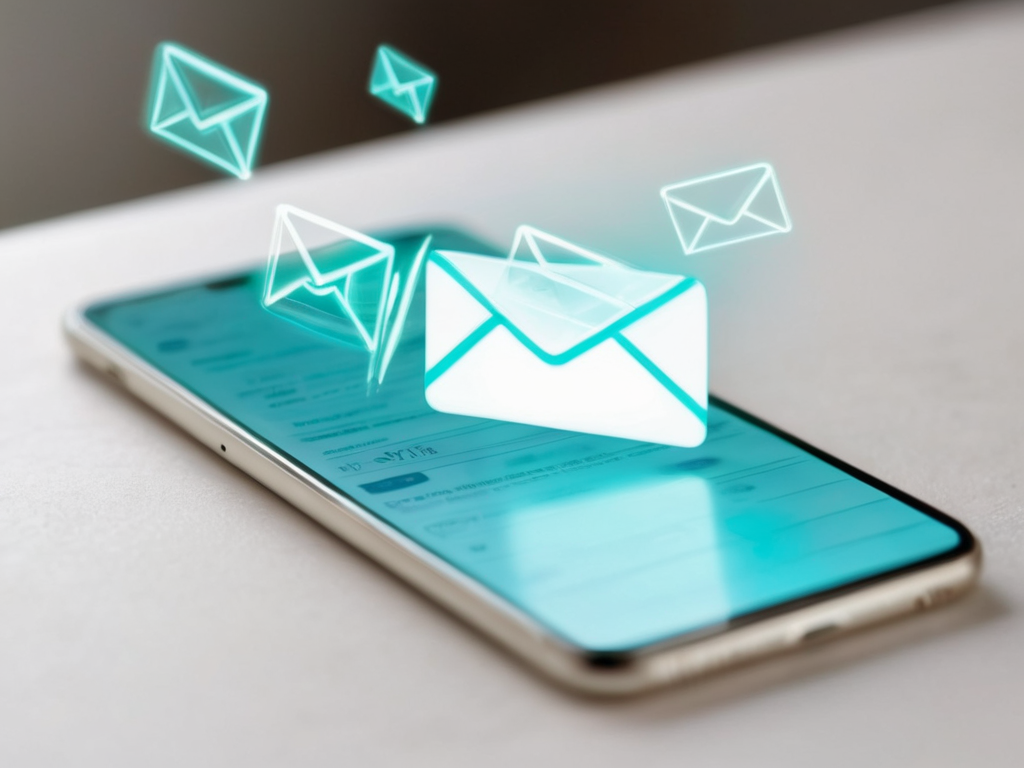
7. Accessibility in Email Marketing
Accessibility is becoming a priority as companies strive to reach and engage their entire audience. In 2025, emails will feature more inclusive design solutions to be easily readable for people with visual impairments or other disabilities.
Reasons to Care About Email Accessibility:
— 2.2 billion people have visual impairments — nearly 30% of the global population (WHO).
— About 20% of the world’s population has dyslexia.
— 300 million people have color blindness and other vision disorders.
How to Improve Email Accessibility:
Create emails that are screen reader-friendly: use proper color contrast and clear, easily readable fonts, add descriptive alt text for images, and use simple layouts compatible with screen reading devices.
Test your emails using screen reader software to ensure every subscriber can easily engage with your content.
8. Storytelling
Consumers are increasingly drawn to stories that evoke emotions and create connections with brands. Instead of purely promotional messages, use emails with compelling narratives: the brand’s journey, customer success stories, or behind-the-scenes content.
Story-based emails help establish deeper relationships with subscribers and foster brand loyalty.


9. User-Generated Content
Reviews and users’ feedback strengthen trust and the brand’s reputation.
For instance, if a subscriber recently viewed a specific product, the next email can feature customer reviews about that product. This approach increases trust and encourages purchasing.
10. Minimalist Design and Simple Animation
This design style emphasizes the important parts of the email, adding interactivity to enhance engagement, such as through GIF animations.
11. Conversational Email Marketing
Conversational marketing through email is an effective way to engage customers, increasing their engagement and brand loyalty.
In 2025, more companies are expected to use email for constant communication with customers, rather than only for one-way messaging.
The ability to ask questions and receive answers, as well as direct contact with customer support via email, promotes longer interactions with clients and improves conversion rates.
12. Voice Interaction with Emails
The use of voice assistants is becoming more widespread. It is expected that by 2025, some recipients will listen to email content, ask questions about it, and perform actions using voice commands.
Emails can be optimized for voice activation by including audio content and structuring them in a way that voice assistants can easily recognize the structure and content. This trend will open new engagement opportunities.
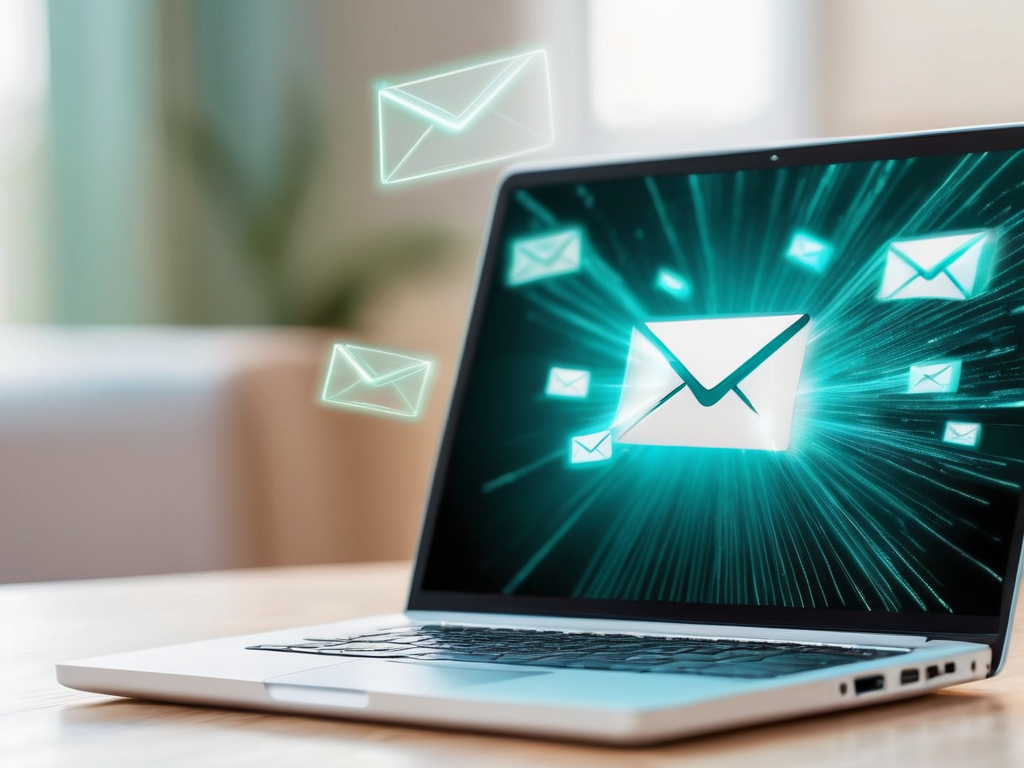
The mentioned trends in email marketing show that email campaigns remain effective. The integration of new technologies, enhanced privacy measures, and even broader personalization opportunities improve the effectiveness of email marketing. The main principle remains unchanged: providing value to recipients through relevant, secure, and engaging email campaigns.
By applying these trends in your marketing strategy in 2025, you can make your email campaigns more appealing to recipients and effective.